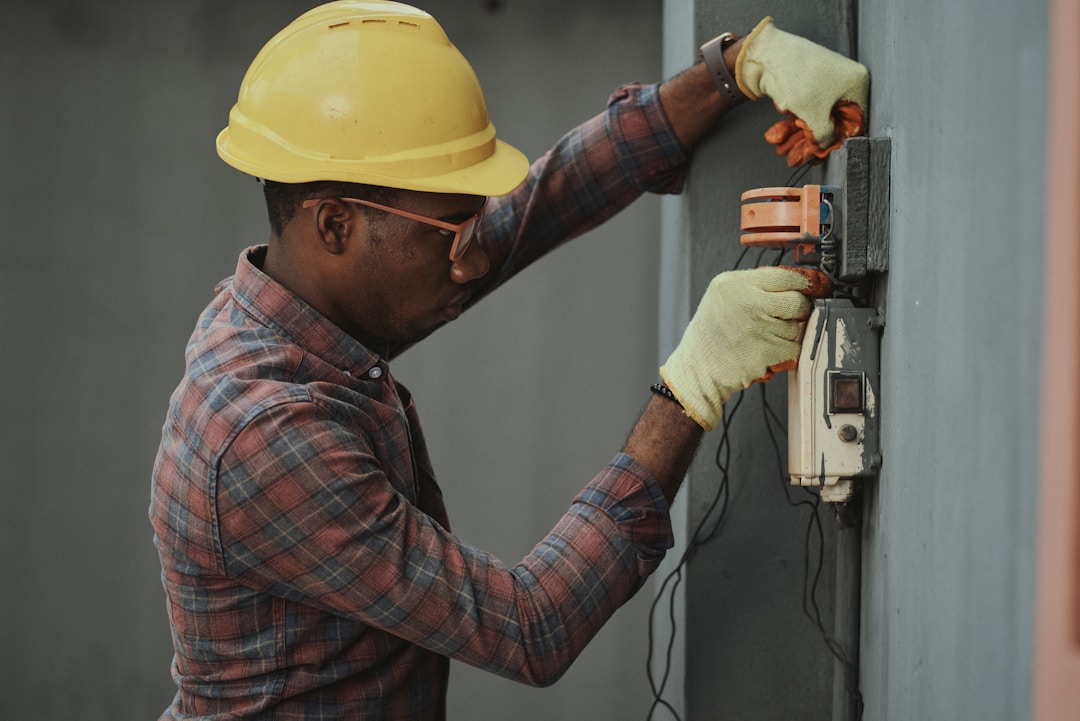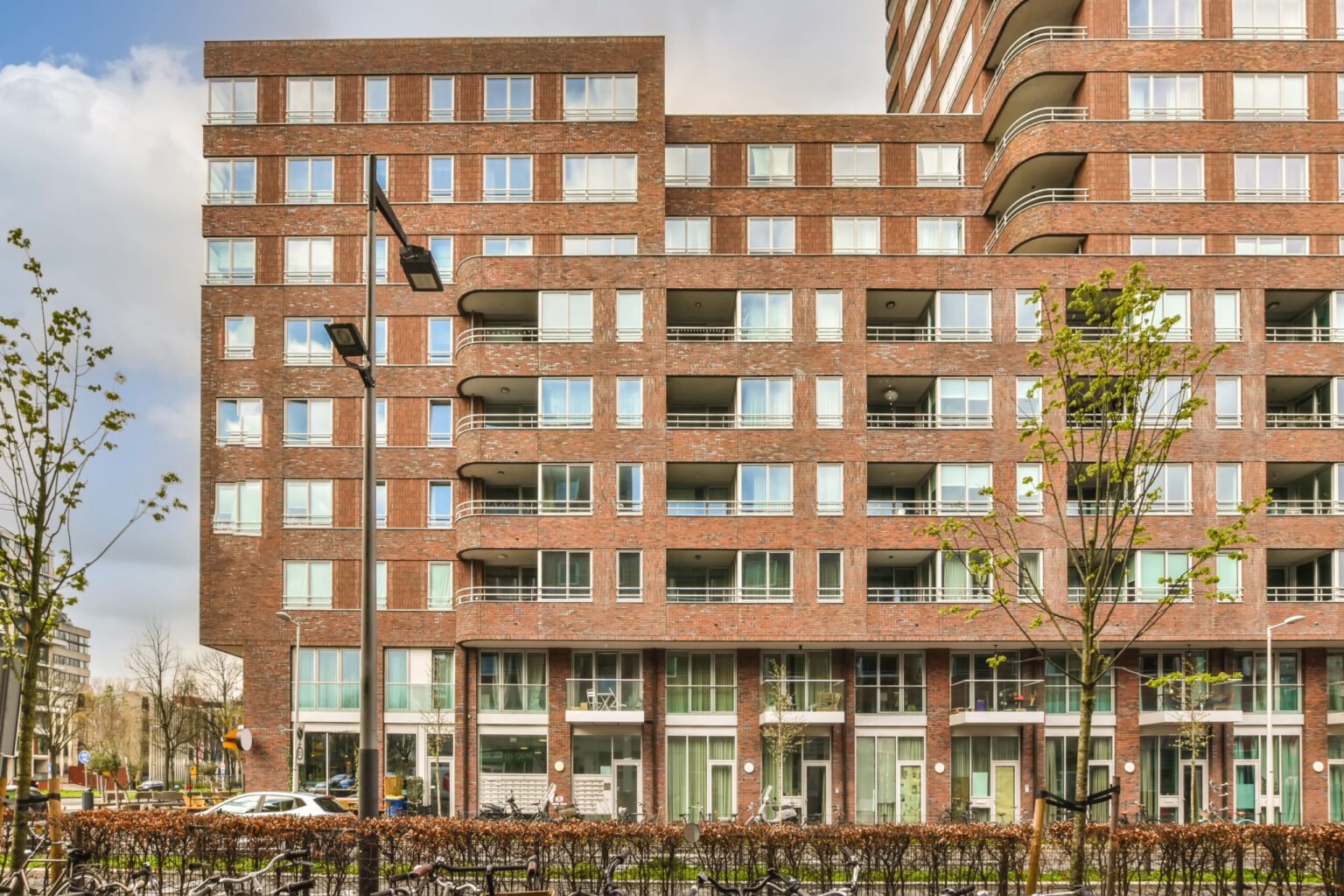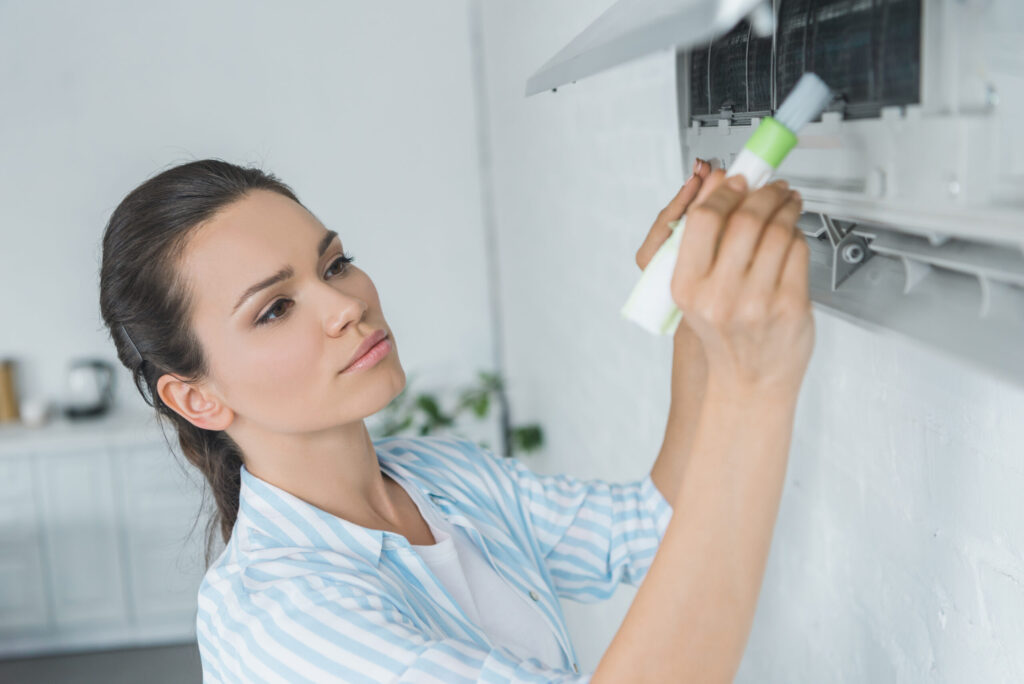Building maintenance is a major aspect of property management. Just like a vehicle requires regular servicing to keep it running smoothly, buildings also need periodic attention and care to ensure that they live out their intended lifespan. By adhering to a properly planned maintenance schedule, property managers and building owners can prevent minor issues from ballooning into costly repairs. In this article, we will explore the key aspects of building maintenance and the vital role they play in the longevity and functionality of a structure.
Proactive HVAC Maintenance

One vital aspect of maintenance in any building is the heating, ventilation, and air conditioning (HVAC) system. Proactive maintenance helps in ensuring the HVAC system operates seamlessly and energy-efficiently. HVAC systems keep the building’s internal conditions comfortable, regardless of the fluctuating external climate. Bi-annual checks can identify potential areas of concern and address them before they become severe, leading to more costly repairs.
Another embodiment of the significance of proactive maintenance is managing furnace repairs. Constant use during harsh winters can lead to wear and tear that requires immediate attention. Thankfully, affordable furnace repair in Noblesville is accessible, and hence, no reason to wait until performance drops considerably before scheduling repair services. While inevitable breakdowns may occur, understanding your HVAC system’s operational standards aids in recognizing abnormal behaviors early, prompting swift servicing.
HVAC maintenance extends beyond the physical components and includes monitoring energy consumption and air quality, thus contributing to the building’s overall environmental sustainability efforts. You can also boost air quality by cleaning frequently, avoiding the use of cleaning products containing toxic chemicals, and installing air purifiers throughout the space.
Structural Integrity Checks
Building components such as walls, ceilings, and floors are subject to degradation over time. Structural integrity inspections are integral to assessing the safety and habitability of the building. Factors like aging, water damage, termites, and poor construction practices can compromise a building’s structural integrity. Homeowners and property managers should incorporate wellness checks into the building’s maintenance agenda.
Aside from getting professional inspections, keeping an eye out for early warning signs like cracks in walls, flaked paint, sagging ceilings, and uneven floors can detect potential structural problems. Once detected, specialists should be called in to assess the depth of the issue accurately and recommend appropriate solutions. The overarching goal of structural integrity checks is to ensure buildings adhere to safety standards and offer a comfortable space for occupants. Persistence in regular checks goes a long way in reducing the risk of catastrophic failures that could lead to irreparable damage or even loss of life.
Managing Plumbing Issues

Plumbing problems in a building can range from minor inconveniences to severe issues that pose health risks and cause structural damage. Regular maintenance, such as inspecting pipes and drains, can help avoid some of these complications. Leakage detection is of utmost essence too, since leaks can cause extensive water damage and potential mold growth, which can greatly affect the occupants’ health.
In case of severe mold damage, commercial mold remediation services become crucial. They properly assess the level of mold contamination and carry out professional remediation, which is far more effective than commonplace DIY methods which often do not thoroughly eradicate the spores. Quick resolution of plumbing issues is not merely beneficial for the building’s longevity, but it also aids in the quality of life and health security of the building’s occupants. Clean water supply and sewage disposal are critical to the occupants’ health, and as such, plumbing maintenance should never be understated.
Preventive Electrical Maintenance

An essential but often overlooked aspect of building maintenance is preventive electrical maintenance. Regular checks and servicing can prevent electrical failures, which can often result in consequential losses. Eminent hazards of electrical issues can range from minor inconveniences like power outages to serious accidents like electrical fires. Routine electrical maintenance should especially revolve around ensuring all wiring remains within the stipulated safety requirements and replacing any aging or defective electrical equipment.
It is ideally recommended to always involve professional electricians to handle electrical maintenance due to the high risk and specialized skills required in handling electricity. Preventive electrical maintenance goes beyond the basic role of ensuring the uninterrupted function of the building’s electrical system. It is also a central part of ensuring the safety of the building’s occupants, managing energy consumption, and, eventually, promoting environmental conservation through efficient energy use.
As you can see, building maintenance is undeniably an encompassing and multifaceted process. It reflects on the building’s lifespan, safety, and the comfort of its occupants. Consequently, it’s of utmost importance that homeowners and property managers diligently perform regular maintenance to uphold the aesthetical and functional values of their buildings. Follow our advice and you can keep your building in the best possible condition for years to come.










